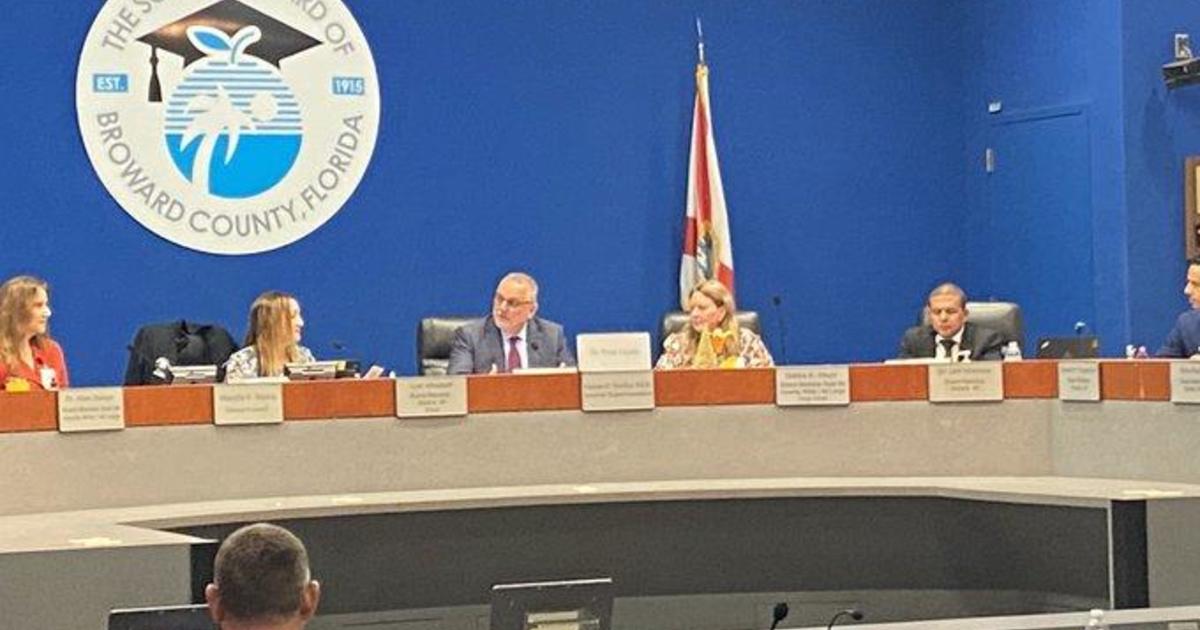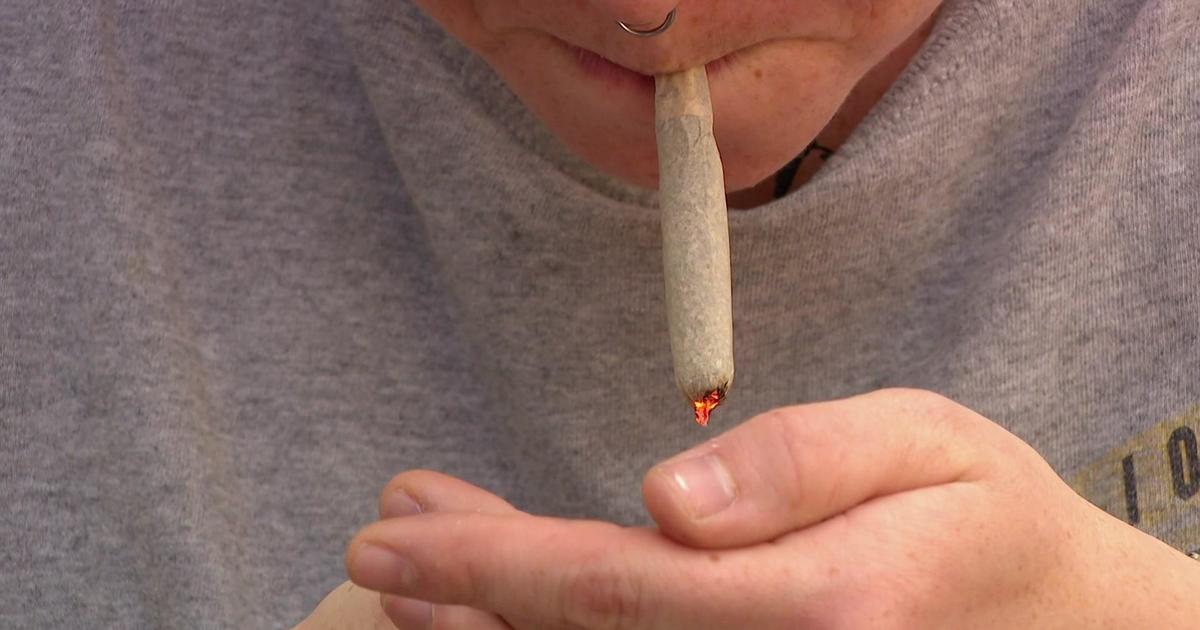Where Are The Uninsured In America?
In 2011, 48.6 Americans went uninsured; 47.9 million of those uninsured Americans were under the age of 65. [1, 2] Where do these uninsured Americans live? While a higher rate of uninsured are concentrated in some states and in some regions, uninsured Americans are spread throughout the country. [3]
State-to-state disparity
The starkest examples of "uninsured" comparisons exist between the states of Massachusetts, in which only 4.5 percent of residents are uninsured, and Texas. According to Gallup, which ranked the 20 states with highest and lowest percentage of uninsured residents, Texas has the highest at 28.8 percent, with Louisiana, Nevada and California falling in behind the Lone Star State with country's next highest uninsured rates (all above 23 percent). People in Massachusetts, Vermont, Delaware and Connecticut are most likely to have health care coverage. These states all have uninsured rates of less than 10 percent.
Some states, including New Jersey, Pennsylvania, Wisconsin, Minnesota, Louisiana, Texas, California, and Arizona, have seen "statistically significant increases" in the number of uninsured residents since 2011. Four states (Rhode Island, New Jersey, California, and New York) have seen those rates increase every year since 2008. Among those states, Rhode Island, which has seen the number of uninsured increase from 9.2 percent in 2008 to 15.2 percent in 2012, has seen the most drastic increase year-over-year. [3]
Most of America (31 states) is below the national average of 16 percent uninsured. Nineteen states are above the 16 percent national average. The most "average" states are Oregon (15 percent), Kentucky (15 percent) and Illinois (15 percent), with New Jersey (16 percent) being the most "average" of all states.
View the percentage of the uninsured by state through the Kaiser Family Foundation.
In-state disparity
The highest concentration of uninsured is not just concentrated in the poorest states, but in the poorest counties of the poorest states. This is based, in part, on an analysis of the U.S. Census Bureau's March Supplement to the Current Population Survey (the CPS Annual Social and Economic Supplement or ASEC) by the Kaiser Commission on Medicaid and the Uninsured, and the Urban Institute.
For example, in a state like Mississippi, which has a higher than average rate of uninsured of 19 percent [4], private insurers are not making health care insurance available in 36 of the state's 82 counties. These counties are located in some of the poorest areas of Mississippi, including the Delta region, according to Kaiser Health News. According to the Mississippi Insurance Commissioner, Mike Chaney, no health insurance provider in Mississippi is offering to sell plans at the moment through the federal health law's marketplaces.
The irony, according to the posting, was not lost on Roy Mitchell, the executive director of the Mississippi Health Advocacy Program. "That's the place where it's most needed. There's a high uninsured population there. One of the highest infant mortality rates in the country is in that area. A real lack of preventive care."
Regional disparity
A general sketch of the regions show the eastern seaboard states are at a high rate of insurance, as are a large swath of the Midwest. The deep south, including Florida, has a high rate of uninsured and the West Coast in parts, due to California, are also uninsured. According to the Kaiser Family Foundation, while uninsured rates vary regionally, the highest rates can be found in the South and West, which is consistent with the state findings from Gallup. Regionally, Gallup found that "the geographic distribution of uninsured rates has been relatively unchanged over the past five years, with Eastern states tending to have fewer uninsured residents..."
The Affordable Care Act and its effect on health insurance rates
The Affordable Care Act (ACA) requires states to provide online marketplaces that allow residents to choose and buy private health insurance policies that offer a certain level of coverage. States may opt to establish their own exchange, operate an exchange alongside the federal government, or turn all administrative control of the health care marketplace over to the federal government.
So far, most studies have found the most drastic changes in the rates of those who are uninsured in the young adult population, and those rates are moving in a promising direction. The Commonwealth Fund found that number of uninsured young adults (ages 19-25) dropped from 48 percent in 2010 to 41 percent in 2012. The study attributes the decline to the ACA's requirement that children under age 26 be permitted to stay in or join a parent's health plan. [5]
Individual states' implementation of the ACA's Medicaid expansion provision may also lower the number of uninsured Americans, according to Kaiser Family Foundation. "If all states implement the Medicaid expansion, eligibility would increase in nearly 40 states for parents and in nearly every state for other adults." You can see the status of your state's action on the Medicaid expansion decision through the Kaiser Family Foundation.
______________________________
Sources:
[1] http://www.census.gov/hhes/www/hlthins/data/incpovhlth/2011/highlights.html
[2] http://www.census.gov/hhes/www/hlthins/data/incpovhlth/2011/highlights.html
[3] http://www.gallup.com/poll/161153/texas-uninsured-rate-moves-further-away-states.aspx
[4] http://kff.org/other/state-indicator/total-population/?state=ms
[5] http://www.commonwealthfund.org/Publications/Fund-Reports/2013/Apr/Insuring-the-Future.aspx
The article above was written by John Presta via Examiner.com. John Presta is the author of an award-winning book titled, "Mr. & Mrs. Grassroots: How Barack Obama, two Bookstore Owners and 300 Volunteers did it," released on January 20, 2010 by the Elevator Group. John is a writer, author, columnist, book reviewer, political analyst, political commentator, and a political pundit. John has been a frequent guests on a number of television and radio stations. John Presta, the son of Italian-born immigrants, was born and raised in Chicago, Illinois. He and his wife Michelle are community organizers and leaders. He is currently working on his next two books Mr. & Mrs. Grassroots series.



